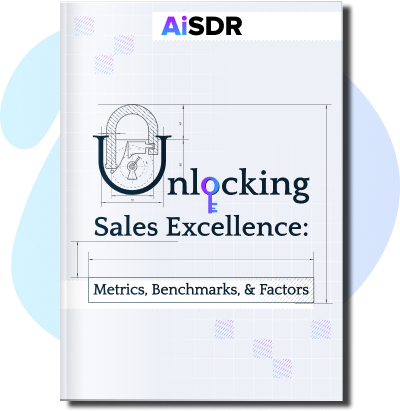Features or Stability: What Should Come First?

Features or Stability? Explore both sides of the debate, and which is used at AiSDR
More features or more stable performance?
This is something I ask myself every month while updating the feature roadmap for AiSDR.
I’m not alone though. Every early-stage start-up founder has to grapple with the software stabilization period.
What is the software stabilization period?
The software stabilization period describes the stage when developers stop adding new features and start focusing on making sure everything works as expected. During this time, they test new features, find and fix bugs, and confirm that everything fits together.
This period is considerably shorter for start-ups than large enterprises for many reasons:
- Start-ups move incredibly fast. They’re under more pressure to quickly release new features and updates since they need to find product-market fit, attract users, and secure funding.
- Start-ups have smaller teams. This means there are fewer people available to test, identify, and fix issues. And since start-ups need to move fast to stay competitive, features launch as soon as they’re ready (and get fixed along the way).
- Start-ups get more leeway when issues appear. And issues will appear. The challenge of short stabilization periods is that they leave little time for thorough testing before launch. Users tend to be more forgiving when a start-up’s features aren’t perfect right away, so long as the team’s working on the fix. However, would people be as patient if Microsoft’s or Apple’s products failed and they couldn’t log in?
Long story short, start-ups need to launch, launch, and launch some more so they gain traction. Big companies, on the other hand, need to test, test, and re-test before a big update. Otherwise, we might get another CrowdStrike moment.
In the end, the final decision to concentrate on features versus stability lies with the company itself. There are drawbacks though to focusing too much on either.
Why is too much stabilization a bad thing?
Too much of a focus on stability can and does drag on innovations and feature releases. If you’re not shipping multiple features fast enough, you could end up falling behind your competitors.
Don’t get me wrong though. Stability is essential, but it also needs to be in balance with new features. If not, the lack of new features could start to make your product look stagnant compared to similar companies and products.
Responding fast with new features also has the benefit of showing your ability to quickly address customer feedback and follow industry trends.
Why are too many features a bad thing?
When you build a lot of new features to meet customer demand without checking stability, things start breaking, and they break fast. Releasing features every day deprives you of the chance to run QA tests or understand how everything fits together.
This is why the stabilization period exists.
If you don’t spend some time stabilizing all the new capabilities, the product’s overall quality will plummet and customers start churning. Stabilization gives you a chance to get everything working together consistently and quickly.
How development works at AiSDR
Generally, our software development cycle looks like this:
- Feature phase – 45 days
- Stabilization phase – 15 days
This means that over the course of AiSDR’s existence, we’ve gone through six of these “ship-stabilize” cycles, and we’re midway through our seventh.
Our most recent feature phase concluded at the end of July, and we launched:
- AI videos
- AI memes
- AI GIFs
- Search features for intent signals
- Technology stack
- News
- Web search
- Deep Search for intent signals
We then spent the first half of August making various adjustments to improve feature functionality and overall performance. For example, we increased the character limit for meme prompts to 300 symbols so that users could add extra context and get more nuanced memes while also making it possible to preview memes before launching a campaign.
Final verdict: Features or Stabilization?
Both. And neither.
By this, I mean there’s no one-size-fits-all answer. The choice to prioritize features or stabilization should be determined by your situation and the current stage of your business lifecycle.
My general philosophy is this:
- If you’re very early in your business lifecycle, your start-up should concentrate more on launching new features and keeping everything running well enough to stop the ship from sinking. This will pay dividends down the road since the more features you have, the more options you have if you need to make any pivots in your search for product-market fit.
- If you’re in the growth stage of your business, then you’ve likely already found your PMF. At this point, features are still important since they’re key to growing your customer base, but stabilization is just as important since you want to hold onto the customers you already have. This doesn’t mean a perfect 50/50 split, but you’ll have something close to it.
- If you’re in the maturity stage of your business, then stabilization should be at the front of your mind. Any new feature you launch needs to be tested multiple times before you ship it.
In the case of AiSDR, we’re still very early, which is why I currently lean heavily on new features. That being said, I’m building for the long-term. Every feature we launch will go through plenty of testing and fine-tuning so that users gain the best possible experience.











